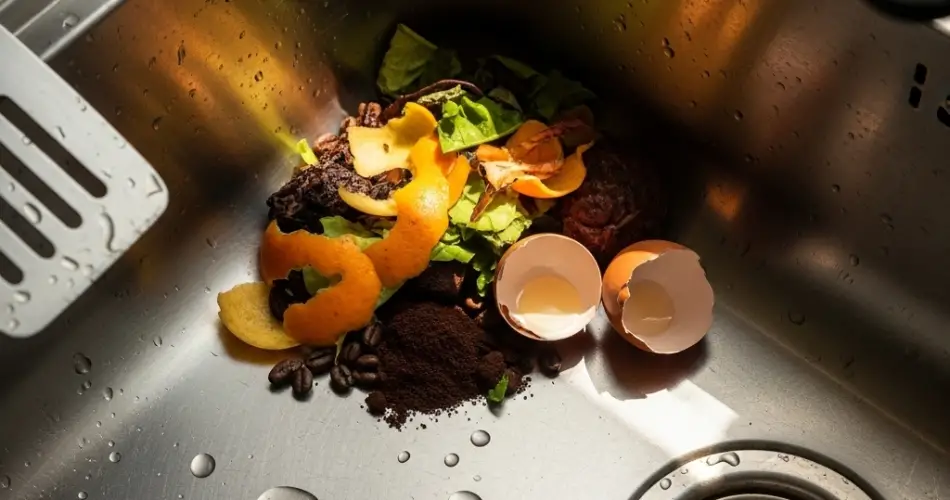When it comes to houseplants like the ZZ plant (Zamioculcas zamiifolia), growth can be slow, and many people find themselves wondering how to give their plants an extra push without resorting to expensive fertilizers or chemical boosters. What if the secret to strong roots, glossy leaves, and vigorous growth is already in your kitchen?
One often-overlooked household item, which usually ends up in the trash, can actually serve as a powerful natural fertilizer. It’s organic, nutrient-rich, and works wonders for not just ZZ plants, but virtually any type of indoor or outdoor greenery.
The Secret? Used Tea Leaves
Yes—used tea leaves from your daily cup of tea are more than just waste. Once brewed, they still contain beneficial nutrients and organic matter that plants love. Instead of tossing them away, you can repurpose this “kitchen waste” to enhance the health and growth of your plants.
Tea leaves act as a gentle, slow-release fertilizer. They’re especially well-suited to plants like the ZZ plant that prefer low-maintenance, nutrient-rich soil environments.
Why Tea Leaves Help Plants Thrive
Used tea leaves contain key nutrients such as:
-
Nitrogen – Essential for leaf growth and overall vigor.
-
Potassium – Promotes flower and root development.
-
Phosphorus – Encourages healthy root systems.
-
Tannic acid – Helps lower soil pH slightly, which benefits plants that enjoy slightly acidic conditions.
Tea leaves also improve soil texture and microbial activity. They enhance aeration, encourage earthworms in the soil, and help retain moisture.
How to Prepare Tea Leaves for Plant Use
Although used tea leaves are a great natural amendment, it’s important to prepare them properly before applying them to your plants.
Here’s what to do:
-
Collect used tea leaves from tea bags or loose-leaf tea after brewing. Allow them to cool and dry completely.
-
Remove staples or tags if you’re using tea bags. Only the leaves themselves should be added to your plant soil.
-
Store in a container if you’re collecting them over time. Keep them in a dry place to avoid mold.
-
Crush or crumble dried tea leaves for easier soil application and even distribution.
How to Use on ZZ Plants and Others
You can apply dried used tea leaves to your ZZ plant in two simple ways:
1. Soil Top Dressing
Sprinkle a thin layer of dried tea leaves directly onto the soil surface around the plant. This will gradually release nutrients into the soil each time you water. Be sure not to apply too thickly, as it can block air and water penetration.
2. Mix with Potting Soil
When repotting your ZZ plant or preparing soil for a new plant, mix in a handful of dried tea leaves per pot. This helps condition the soil and provides a nutrient boost from the start.
Tip: Only use this treatment once every 3–4 weeks. Too much organic matter can lead to mold or imbalance in the soil.
The Impact on the ZZ Plant
The ZZ plant is known for its tolerance of low light, irregular watering, and poor soils. But even tough plants like this can benefit from occasional natural feeding.
After a few weeks of tea leaf treatment, expect to see:
-
Shinier, firmer leaves
-
Faster sprouting of new stems
-
Stronger roots and thicker rhizomes
-
Better moisture retention in the soil
These improvements are even more noticeable in neglected or slow-growing ZZ plants.
Use on Other Plants Too
While the focus here is on ZZ plants, tea leaves are beneficial for a wide variety of houseplants and garden plants, such as:
-
Peace lilies
-
Ferns
-
Spider plants
-
Philodendrons
-
Roses
-
Tomatoes
-
Herbs like mint or basil
Tea leaves are especially useful for plants that thrive in slightly acidic soil.
What to Avoid
To make the most of this method and protect your plants, keep these tips in mind:
-
Do not use flavored or sugary teas like chai, fruit-infused, or sweetened blends. They may introduce unwanted additives or attract pests.
-
Avoid using tea leaves with milk or cream—these can spoil and lead to fungal issues.
-
Always dry leaves completely before storing to prevent mold growth.
Final Thoughts
Before you throw away your used tea leaves, remember that you might be discarding a valuable source of nutrients. This humble kitchen scrap offers a natural, cost-free way to fertilize your plants and improve soil health.
With regular use, you’ll find that even hardy, slow-growing plants like the ZZ plant will respond with vibrant new leaves, stronger roots, and better overall health. It’s sustainable, effective, and surprisingly simple.
Next time you finish your tea, save the leaves—you’re holding a secret weapon for your plant’s growth in your hands.



